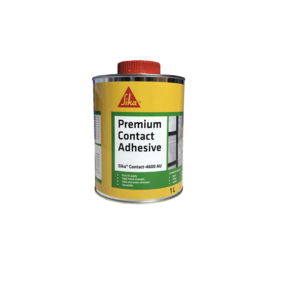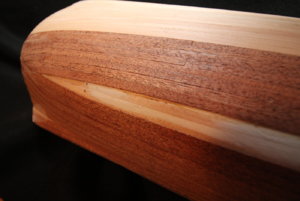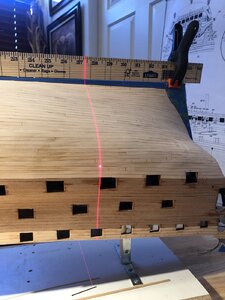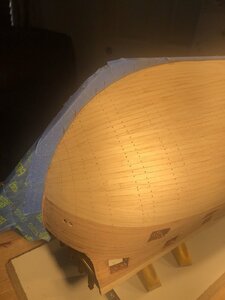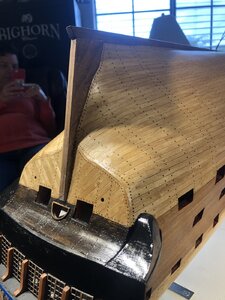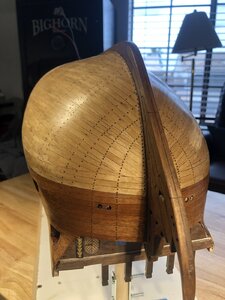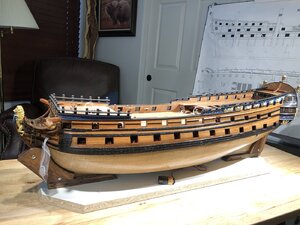I once tried planking using contact adhesive after reading about it in Keith Jullier's books.Never again,far too messy and stringy to work with,plus remains rubbery even when set.
I use thick CA or Alaphatic PVA now.Alaphatic PVA's are the true carpenters glues.not the usual DIY store wood glue.Titebond is of this type.Everyone who uses normal PVA thinks they have left glue stains in the planks no matter how much they clean up.They are not infact stains,common garden building PVA actually bleaches the wood leaving a permanent blemish.
If you are finishing the model in SPIRIT based Polyurethane varnish with no staining,CA glue blends into the finish with no blemishes.I include a picture of Royal Caroline planked in 1mm Pear using thick CA.The hull was covered in it before sanding and varnishing.
Kind Regards
Nigel
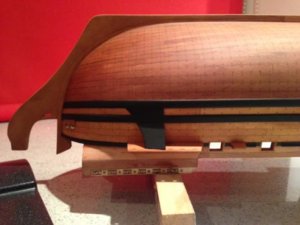
I use thick CA or Alaphatic PVA now.Alaphatic PVA's are the true carpenters glues.not the usual DIY store wood glue.Titebond is of this type.Everyone who uses normal PVA thinks they have left glue stains in the planks no matter how much they clean up.They are not infact stains,common garden building PVA actually bleaches the wood leaving a permanent blemish.
If you are finishing the model in SPIRIT based Polyurethane varnish with no staining,CA glue blends into the finish with no blemishes.I include a picture of Royal Caroline planked in 1mm Pear using thick CA.The hull was covered in it before sanding and varnishing.
Kind Regards
Nigel





